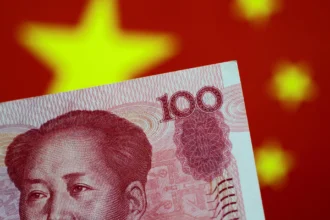Real world examples
Let’s examine how currency movements have affected UK investors in US equities over the past decade.
The Brexit effect (2016-2017)
- 2016: S&P 500 returned 9.5% in USD; UK investors earned circa 31% in GBP terms (sterling weakened dramatically)
- 2017: S&P 500 returned 19.4% in USD; UK investors earned circa 9% in GBP terms (sterling partially recovered)
Past decade
Over the decade from 2014-2024, the S&P 500 delivered substantial returns in dollar terms. However, UK investors’ actual returns varied significantly based on sterling’s strength:
- ·Years when USD strengthened: UK investors outperformed US investors in the same stocks
- ·Years when GBP strengthened: UK investors underperformed despite identical stock holdings
Practical example
Imagine you invested £10,000 in a US equity fund at the start of 2016 when £1 = $1.47. Your broker converted this to $14,700. By year-end, your investment grew to $16,097 (9.5% gain).
However, the pound had fallen to £1 = $1.23, so when converted back, you had £13,088—a 31% gain in sterling terms. The currency movement added over 20 percentage points to your return.
The opposite can happen too. In 2017, that £13,088 became $16,098 at the prevailing rate. The market rose 19.4% to give you $19,220. But sterling had recovered to £1 = $1.35, meaning your investment was worth only £14,237, just 9% growth.
Currency movements stripped away 10 percentage points of your return.





















